When it comes to home décor, peel-and-stick wallpaper is one of the most popular trends. It's easy to use, affordable, and comes in a wide variety of designs. However, if you're considering applying this wallpaper on textured walls, you might have some concerns. Will it stick properly? Will the texture ruin the look? Is it even possible to get a smooth finish on a bumpy surface? Let’s dive into the details and find out!
1. What Are Textured Walls?
Before we get into whether peel and stick wallpaper works on textured walls, let’s clarify what we mean by textured walls. Textured walls are surfaces that feature some kind of raised or uneven patterns. Common types of textured finishes include:
- Knockdown: A spray-on texture with a rough, almost stucco-like finish.
- Popcorn: A bumpy, stippled finish that’s typically found on ceilings but can sometimes be on walls.
- Brushed Pearl: A smooth, yet subtle texture that’s usually applied with a brush.
- Orange Peel: A bumpy, textured surface similar to the skin of an orange, often used in modern homes.
Textured walls can look beautiful and add character to a room, but they do present challenges when it comes to applying smooth, adhesive-backed products like peel-and-stick wallpaper.
2. Peel and Stick Wallpaper: The Basics
Peel-and-stick wallpaper is exactly what it sounds like — wallpaper that has a self-adhesive backing, meaning you can peel off the protective film and stick it directly to the wall. It’s easy to apply, and it’s an excellent choice for renters or DIY enthusiasts who want to refresh a room without committing to traditional wallpaper paste or painting.
While it’s widely known for being applied on smooth, flat walls, the question is: can you use it on textured surfaces?
3. The Challenges of Applying Peel and Stick Wallpaper on Textured Walls
1. Adhesion Issues
Textured walls present a significant challenge for peel-and-stick wallpaper due to their uneven surface. Adhesive-backed wallpaper requires a smooth, clean surface to adhere effectively. On textured walls, there are ridges and dips, which may cause the wallpaper to peel off or not stick properly in some areas. The adhesive can’t make full contact with the surface, especially on heavily textured walls.
2. Uneven Finish
Another problem is that the texture of the wall will likely show through the wallpaper. Even though the wallpaper might stick in some areas, the surface imperfections can cause the wallpaper to bulge or wrinkle, leading to an unsightly, uneven finish. This can be especially noticeable with lighter-colored wallpapers or those with solid patterns.
3. Limited Durability
Even if you do manage to get the wallpaper to stick, textured walls can cause the wallpaper to wear out faster. As it’s constantly being pulled or stretched in different directions by the uneven surface, the adhesive may lose its strength over time, leading to peeling or bubbling.
4. How to Make Peel and Stick Wallpaper Work on Textured Walls
So, can it be done? Yes, with the right preparation and technique, you can apply peel-and-stick wallpaper to textured walls. Here’s what you need to do:
1. Prep the Wall
The more texture there is, the more work you’ll need to do. Start by cleaning the wall thoroughly. Dust, dirt, and grease can all interfere with the adhesive. You may also need to sand down the most pronounced bumps if the texture is particularly rough, especially with popcorn or knockdown finishes. The smoother the surface, the better the wallpaper will stick.
2. Apply a Wall Liner
For extra smoothness, you can apply a peel-and-stick wall liner before applying the wallpaper. This can help even out the surface and create a better base for your wallpaper to adhere to. It’s a bit of extra work, but it can make a huge difference in the final look.
3. Choose the Right Wallpaper
Opt for thicker peel-and-stick wallpapers. Thinner wallpapers are more likely to show the texture beneath, whereas thicker options have a better chance of covering up imperfections and offering a smoother appearance.
4. Use a Heat Gun or Hair Dryer
When applying peel-and-stick wallpaper to textured walls, you may need to stretch the wallpaper to get it to lay flat. Using a heat gun or hair dryer can help soften the adhesive and make it more flexible. Be careful not to overheat the wallpaper, as this can damage it.
5. Work Slowly and Carefully
Take your time when applying the wallpaper. Work in small sections, and use a wallpaper smoother to press down the wallpaper evenly and eliminate any air bubbles or wrinkles. Start from the center and work your way out to the edges to ensure an even application.
6. Consider the Type of Texture
Not all textures are created equal. If your wall has a very heavy texture, such as a thick popcorn finish, you may find it’s best to skip the peel-and-stick wallpaper altogether. For lightly textured walls, peel-and-stick wallpaper can still work well with proper preparation.
5. Alternatives to Peel and Stick Wallpaper for Textured Walls
If peel-and-stick wallpaper seems like too much of a challenge for your textured walls, there are a few alternatives to consider:
- Traditional Wallpaper: The paste variety adheres better to textured surfaces than peel-and-stick options. However, it’s a more permanent solution, and application can be trickier.
- Wall Decals or Stencils: If you want the look of wallpaper without committing to a full wall covering, wall decals or stencils can be a great option. These are easier to apply and remove, and you won’t have to worry about surface texture.
- Paint: Sometimes a fresh coat of paint with a special textured finish can give the same effect without the hassle of wallpaper.
6. Final Thoughts
While it’s possible to use peel-and-stick wallpaper on textured walls, it does require some effort and preparation. For minor textures like orange peel, you can usually get a smooth finish with the right tools. However, for more heavily textured surfaces, the results may not be as seamless. Always weigh the pros and cons, and remember that a little extra preparation can go a long way toward achieving a beautiful, lasting result.
Are you ready to try peel-and-stick wallpaper on your textured walls? Let us know in the comments how your project turns out!
If you’ve applied peel-and-stick wallpaper on textured walls, share your tips and tricks with us in the comments below! Have questions? Drop them here, and we’ll help you out!







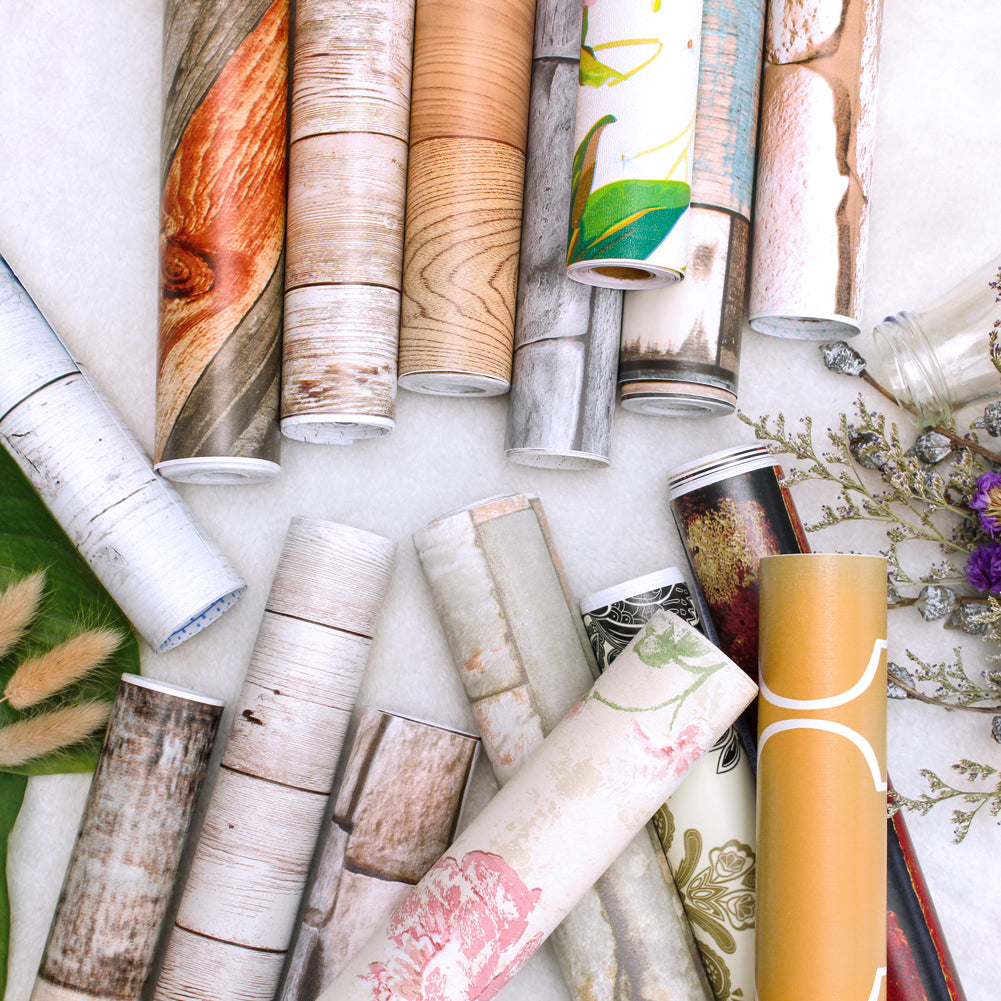

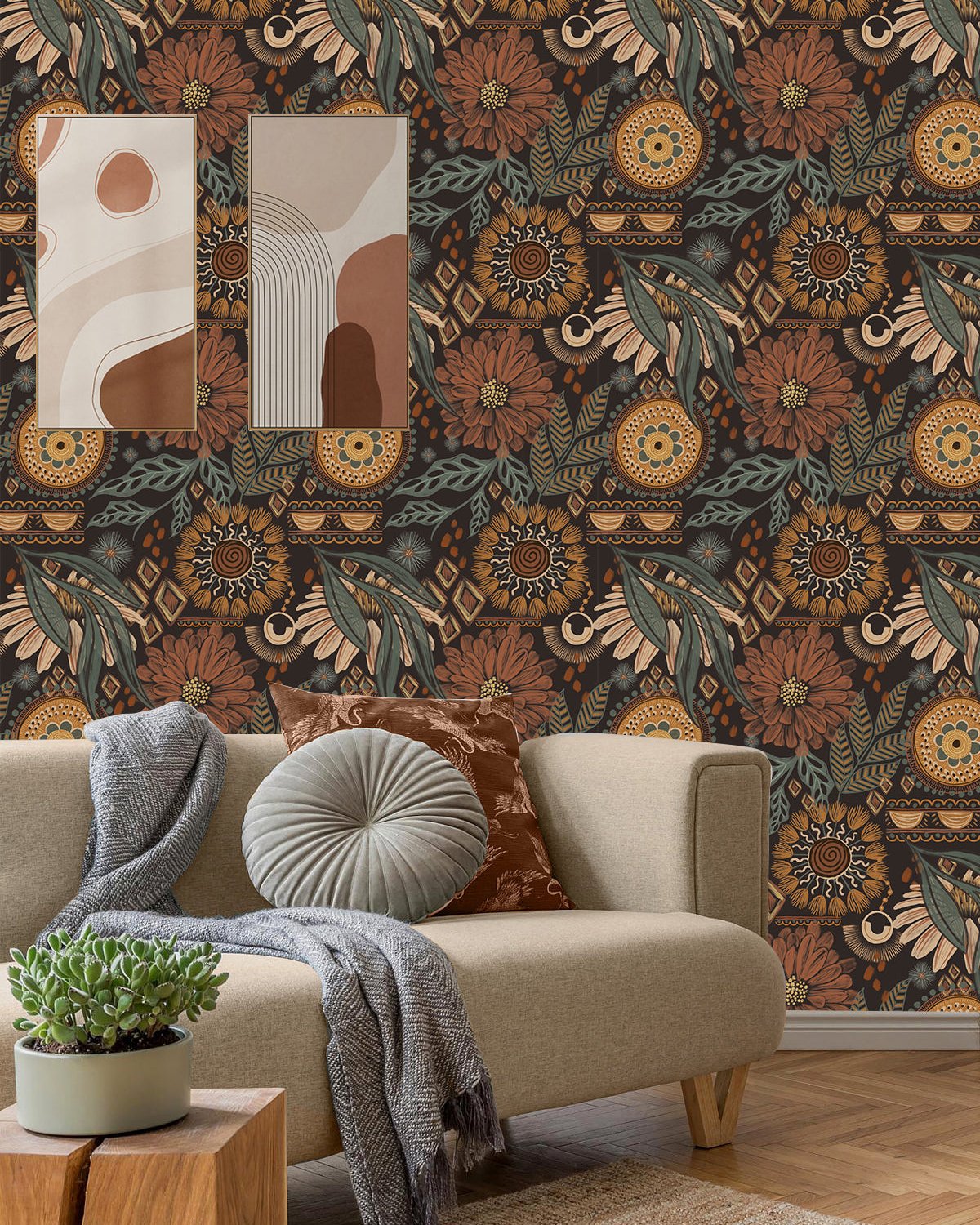


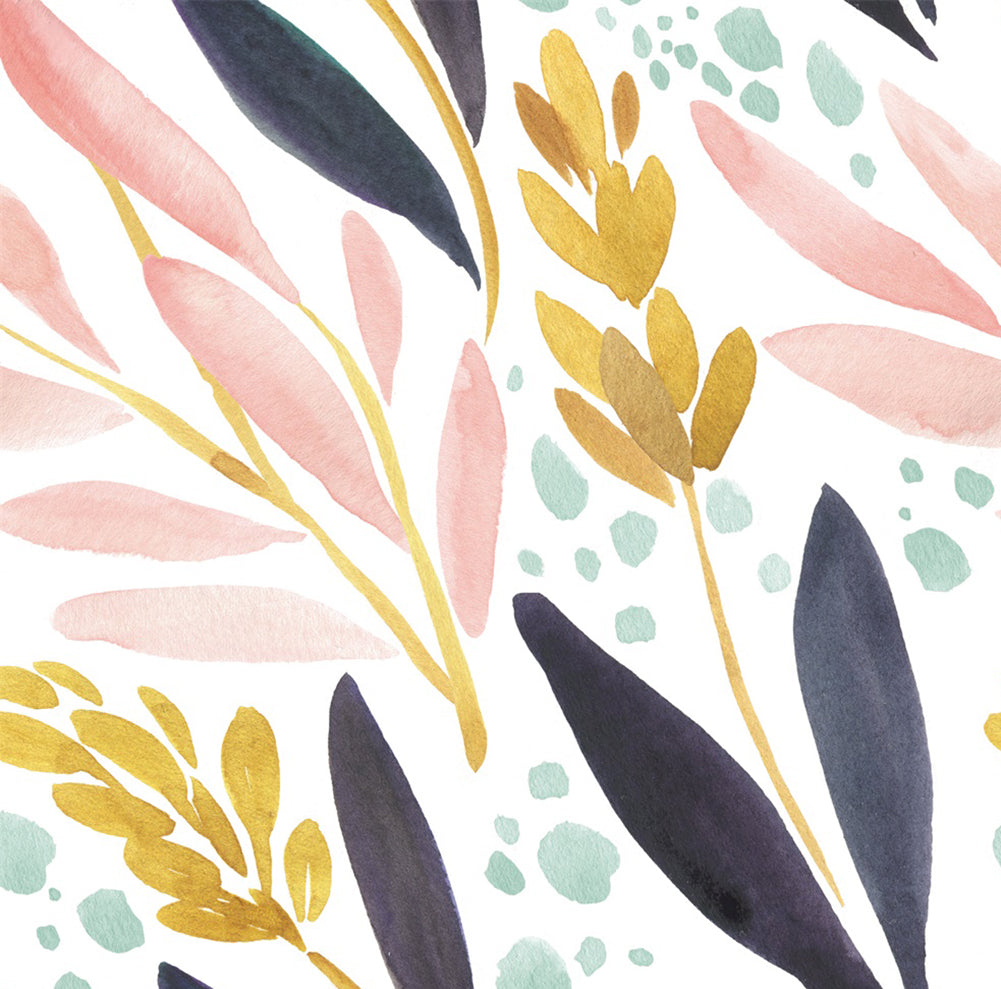
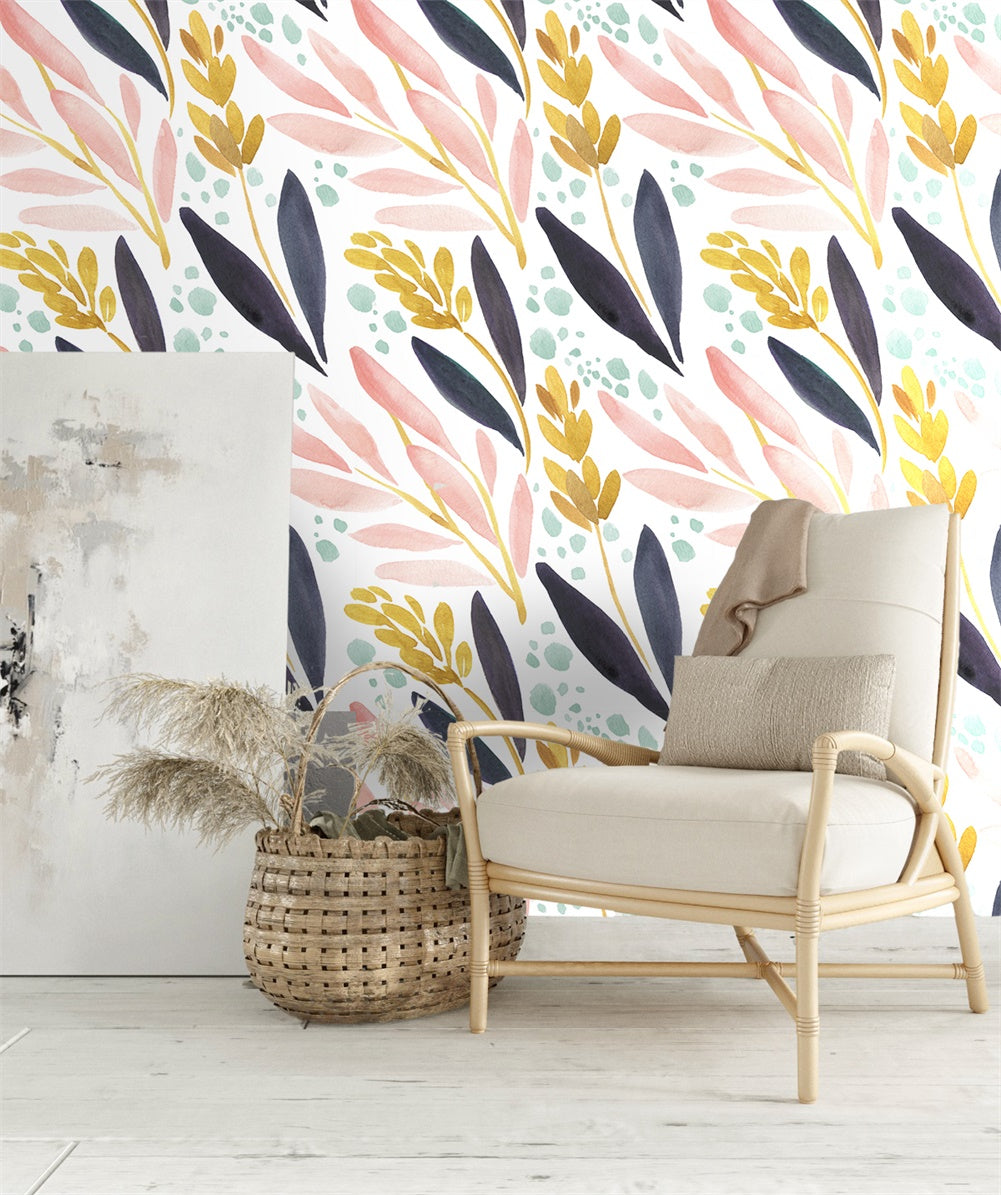

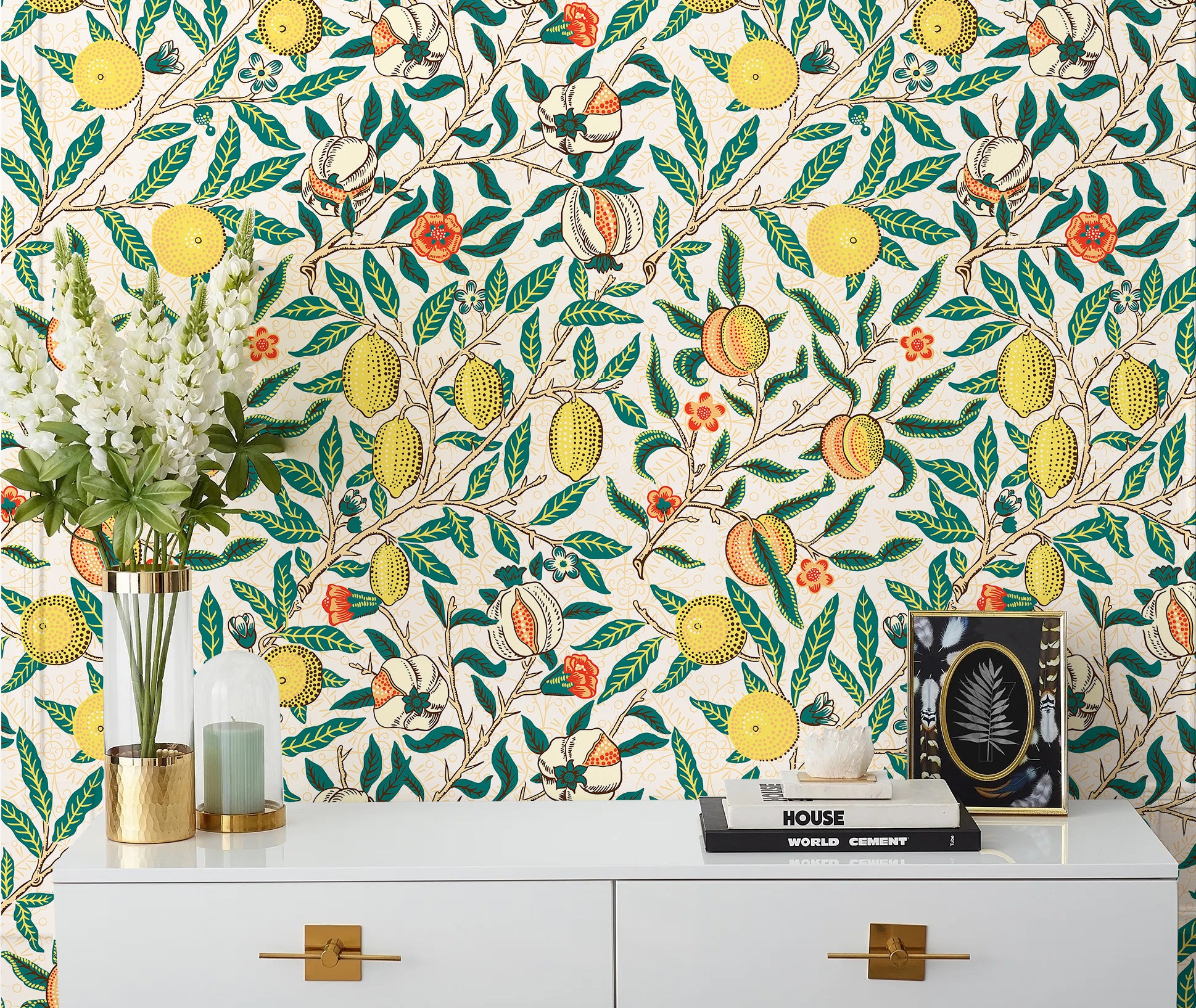


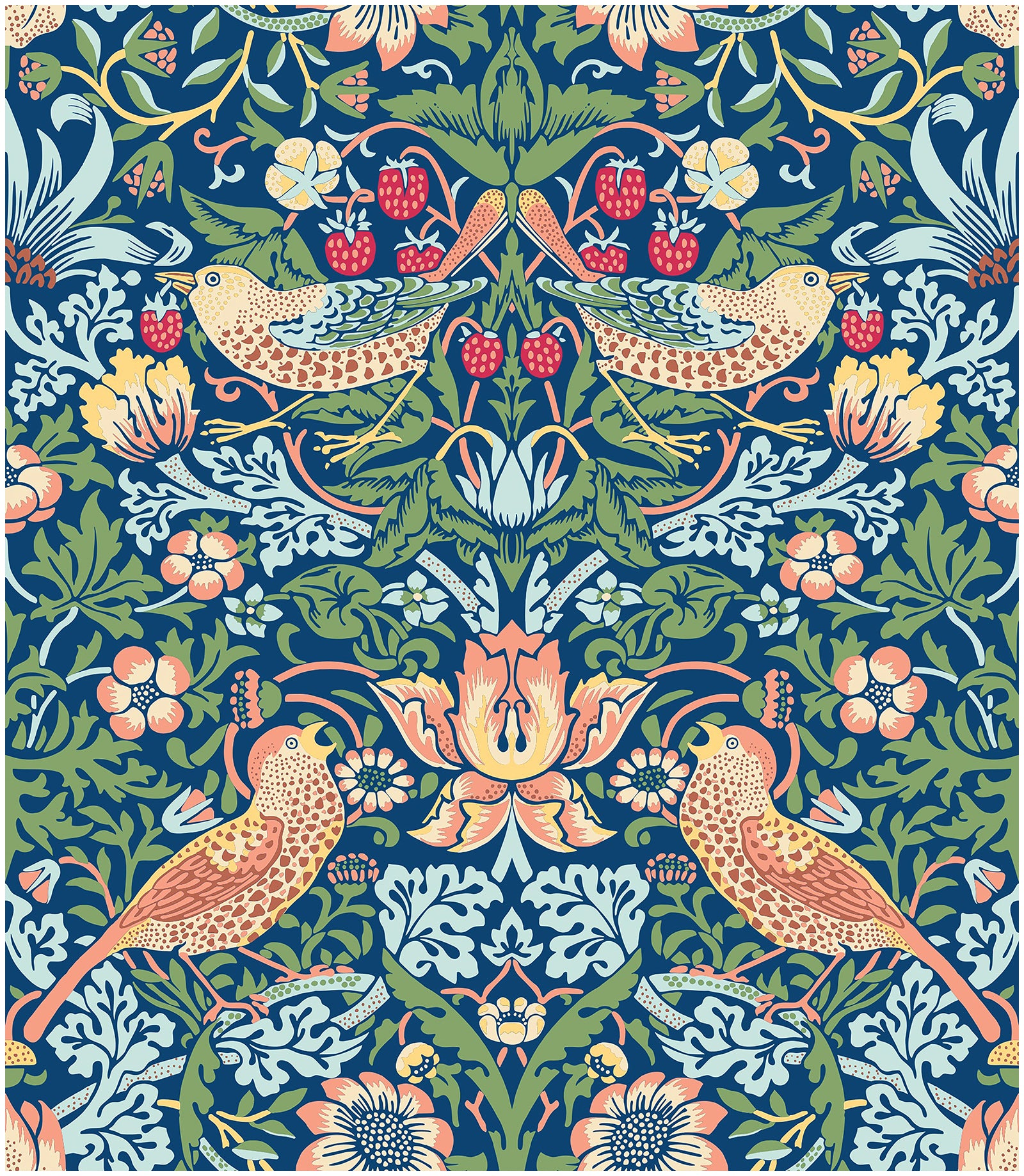
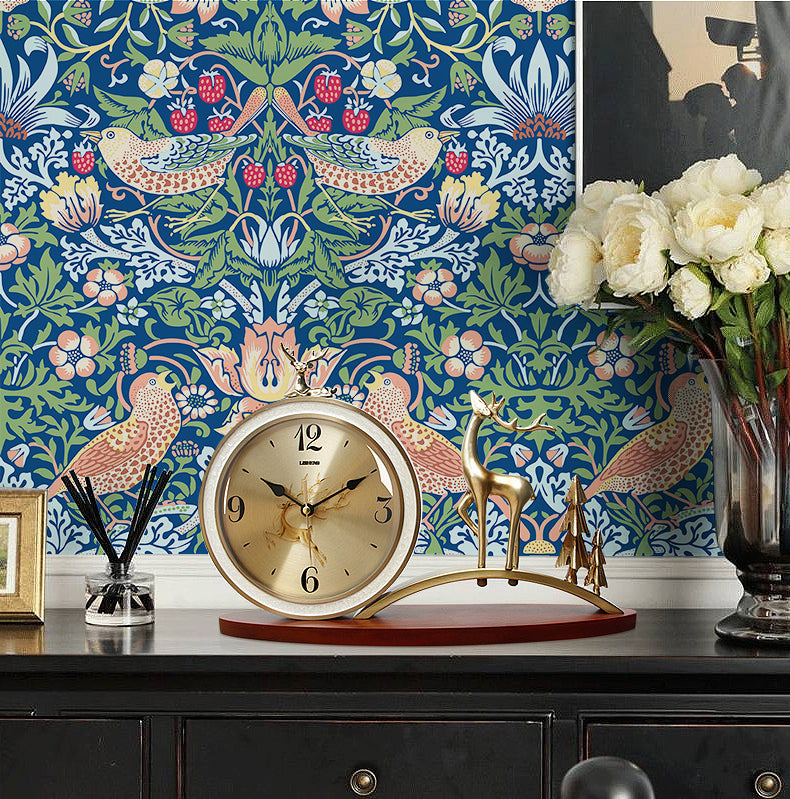



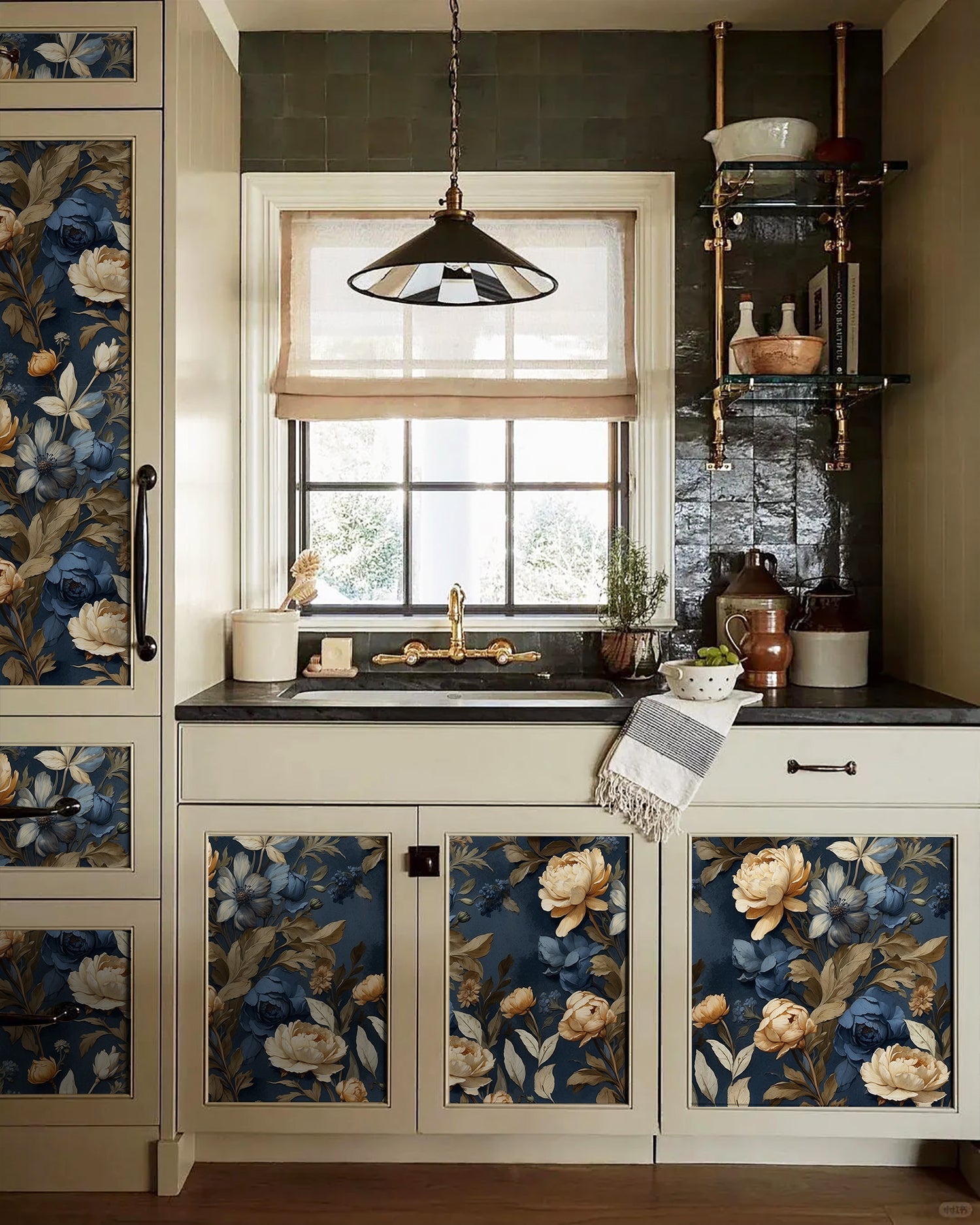


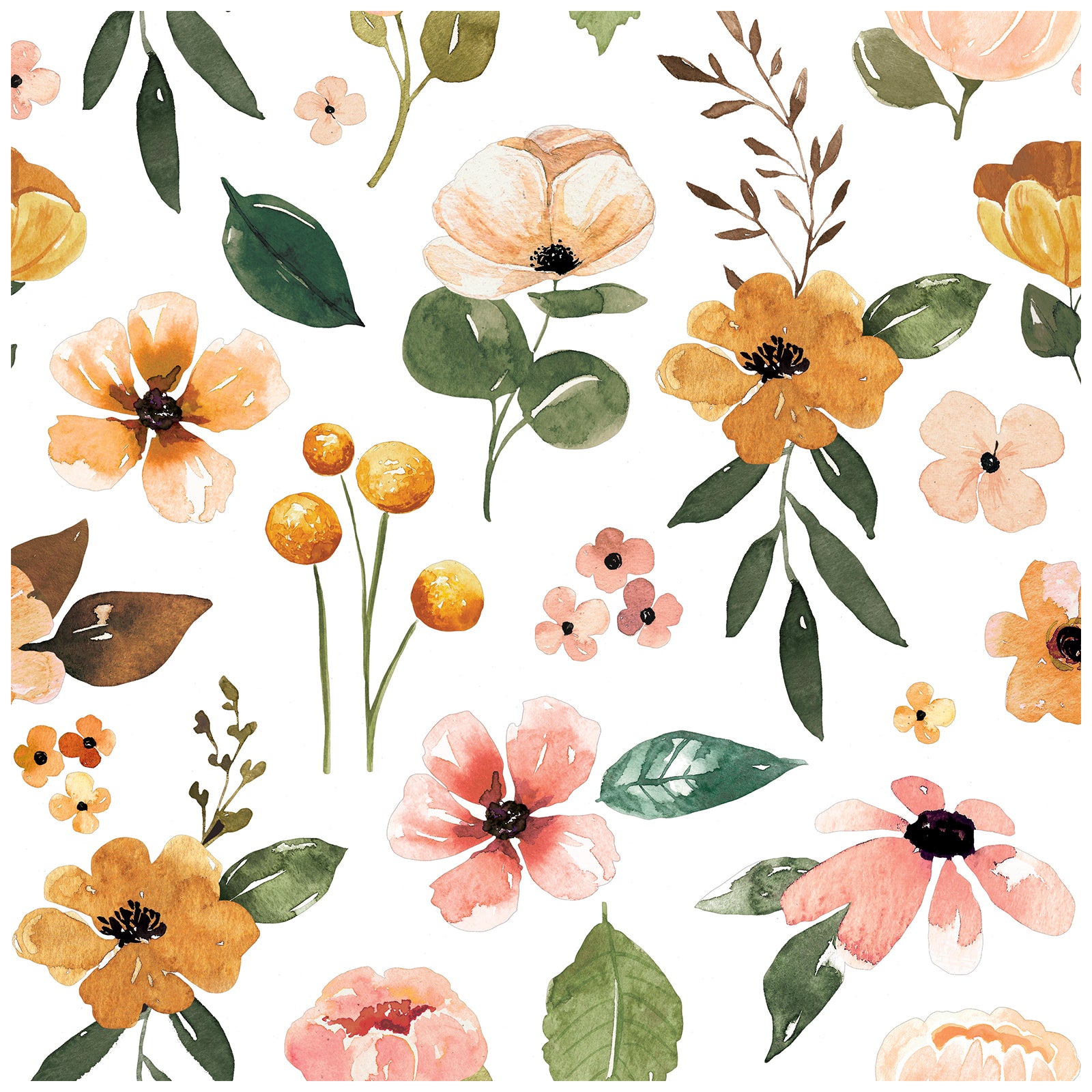
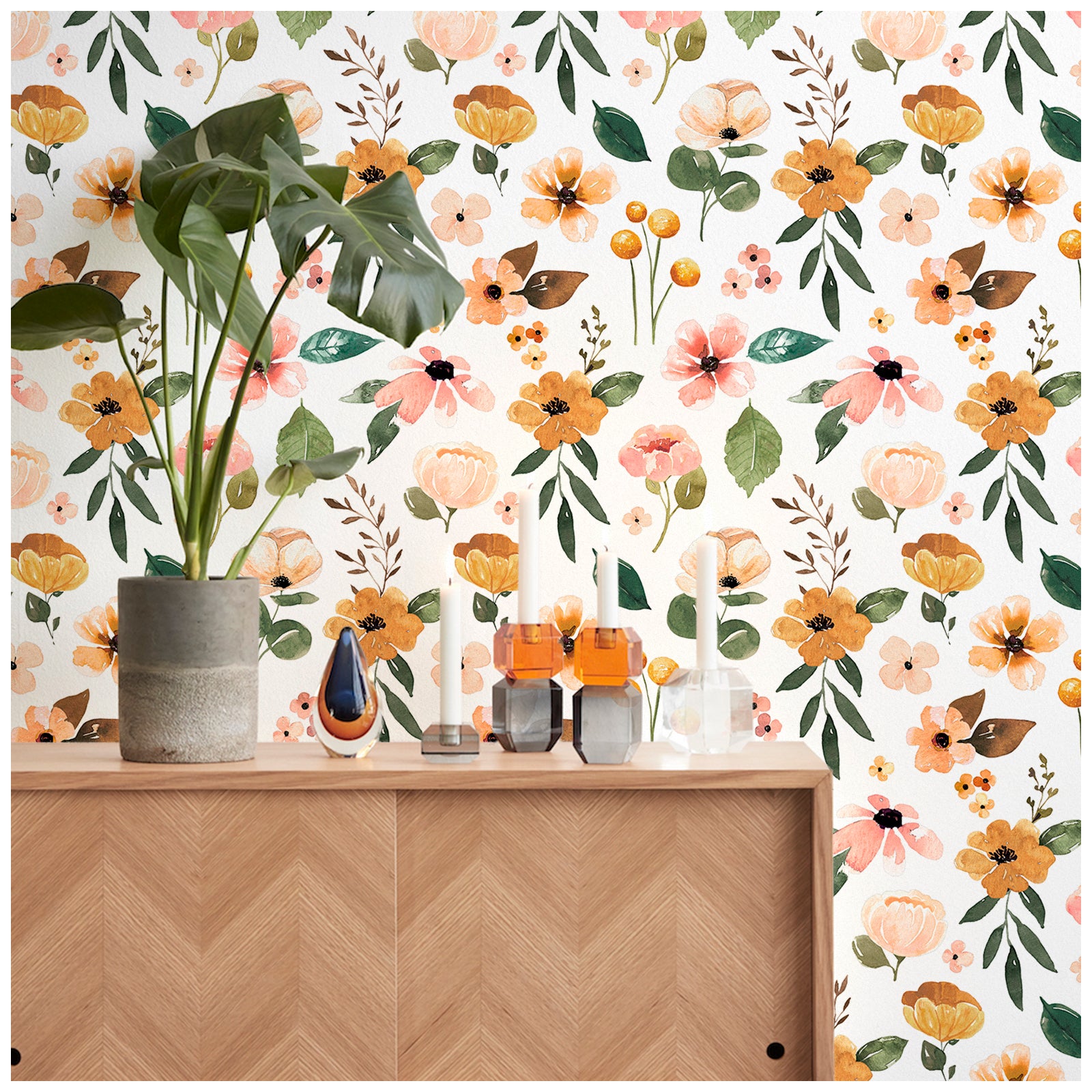



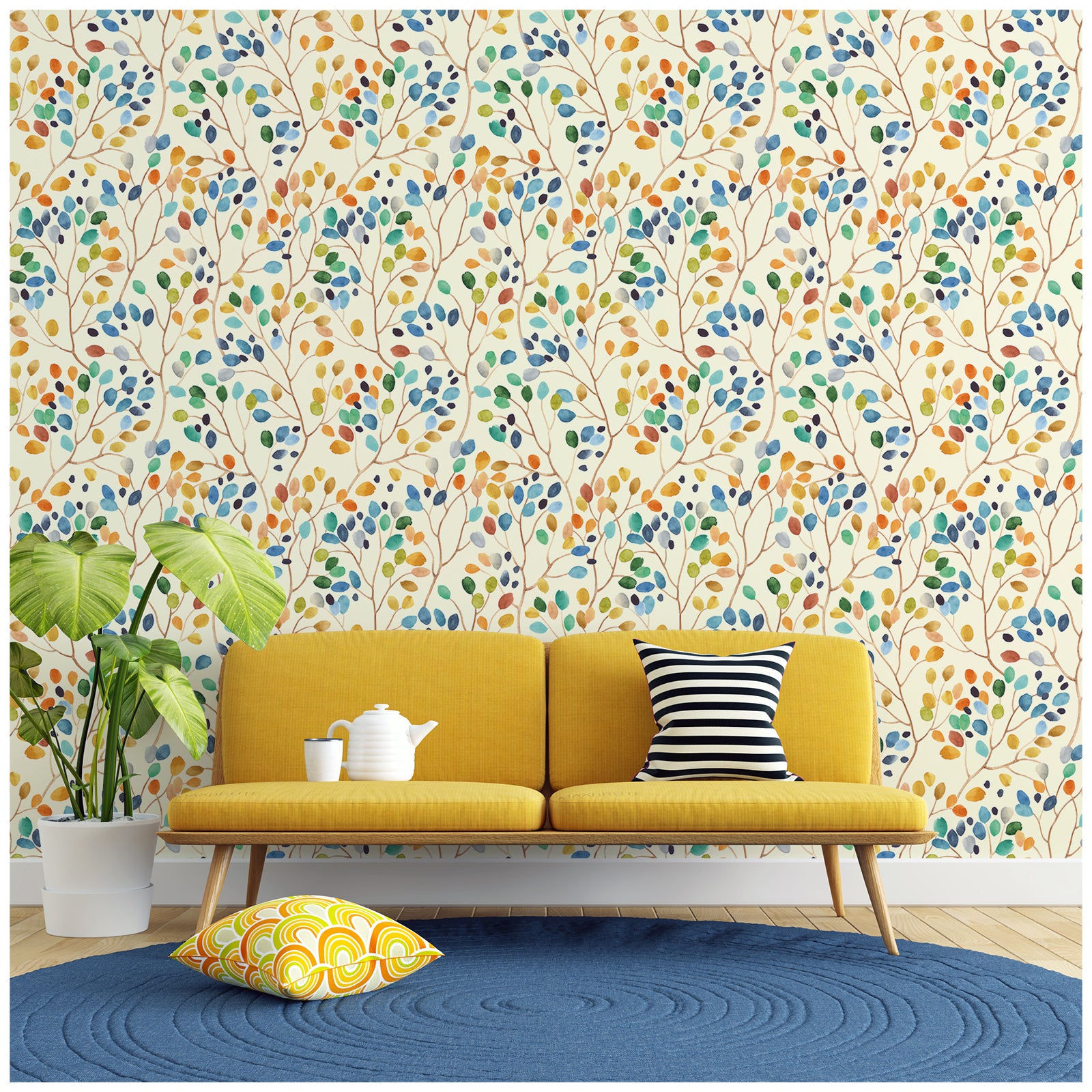
Leave a comment
All comments are moderated before being published.
This site is protected by hCaptcha and the hCaptcha Privacy Policy and Terms of Service apply.